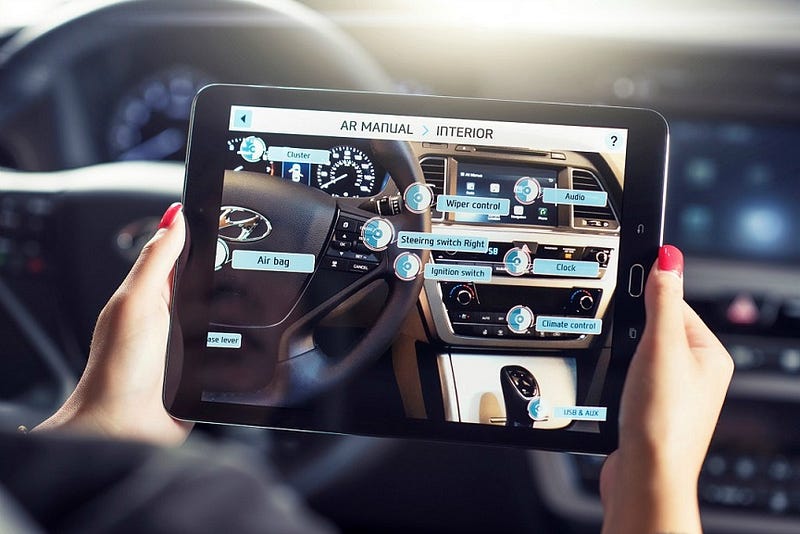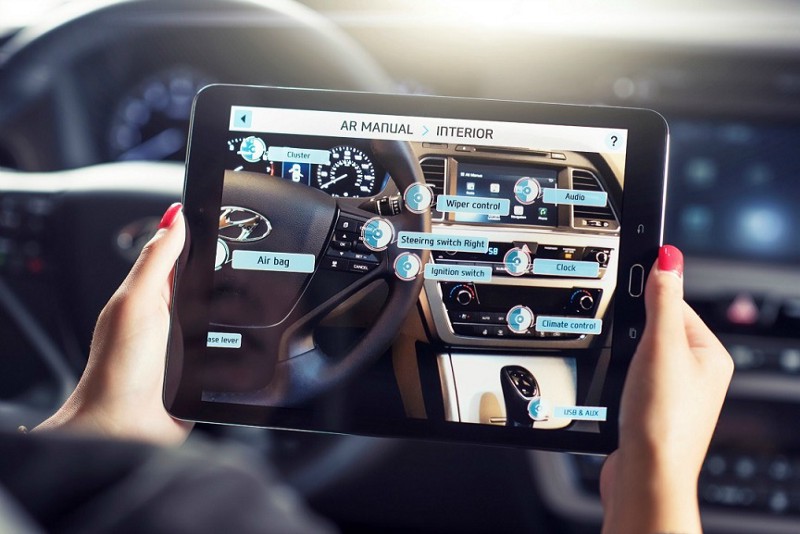Augmented World Expo 2018— a recap through the eyes of Valence

Several of us engineers and developers from Valence spent the last few days of May at the 9th Annual Augmented World Expo (AWE) in Santa Clara, California. Since not everyone could attend, I thought I’d share some insights and impressions, since it was a pretty amazing (um, should I say awe-inspiring?) experience!
Valence was one of the few service providers there, possibly because AR hasn’t reached mass adoption yet. There’s been a ton of interest (remember Pokémon Go?) and some cool demo projects, but it hasn’t fully caught fire. At least not for the mass consumer market. Yet. (More on that below… keep reading!)
Here’s what I DID notice at the Augmented World Expo, though. It looks like wearable AR glasses are making a come-back. For a while, there was mainly just Microsoft’s HoloLens. Of course, that was after the Google Glass experiment, which turned out not to be such a great success. Perhaps it was simply before its time, or perhaps too consumer focused given the $1,500 price tag, or perhaps not focused enough on privacy. Whatever the reason, things went south for a time.
But it definitely looks like the technology is on the rise again, this time more aligned with enterprise and industrial uses. At AWE, there must have been over 30 manufacturers of various grades of mixed reality glasses, screens, etc. Companies like ODG are innovating and creating devices kind of like chunky sunglasses with a phenomenal amount of power and a visual experience that’s top of the line.
There’s a huge variety, too, with multiple kinds of products entering the marketplace. You have full-immersion 3D AR, like HoloLens and the ODG offerings (some of ODG’s products are made for gaming and offer theater-quality visuals).
Then there are industrial or enterprise options for the factory and warehouse. One company that caught our eye was RealWear, which manufactures tough, helmet-mounted AR goggles with voice activation for workers and technicians. These are not 3D or immersive, but they are a way to add data, value, and functionality to the experience — think tutorials on how to make a repair on-site, like while you’re looking at a broken carburetor or wind turbine.
They’re all great for a hands-free, heads-up work experience, say in hazardous environments. Or for adding to 3D development projects, like in real estate or city planning. There’s a lot of interest in the health care field and other commercial uses, as well.
Costs are coming down, but the devices are still expensive. That’s why there is a lot of experimentation all around, and we have yet to see mass adoption or any wide-scale use of this technology, especially in consumer markets. That’s actually a normal pattern for technology adoption, especially when it comes to hardware.
For now, the main energy in AR for consumers seems to be coming from the mobile handset universe. It has started to become widely adopted at this point, with movie premiers using AR to engage fans and grow audiences, IKEA and Home Depot joining the fray to help consumers visualize their purchases, and cosmetics retailer Sephora enabling consumers to try virtual makeup without leaving the house.
Surprisingly, there were very few mobile AR vendors or developers at AWE. I’m not sure why that it is. Maybe because mobile AR has moved from being cool to just being something everyone can do — especially with new tools like Apple’s ARKit and Google’s ARCore. Or perhaps it’s not considered “real” AR, but simply a mobile experience.
At the Augmented World Expo, Tony Parisi, Head of AR/VR ads for Unity and an AWE speaker had a really interesting take on this duality, contrasting the high-end AR headset market for industrial use and the consumer market’s more entertainment-oriented approach to the technology.
At Kopius, we design digital experiences for our industrial and enterprise clients, so they can access the best of both worlds at once: the real world in front of them plus the virtual world of critical information, data, and context.
We were awestruck by our time at AWE, and we’re back home imagining the possibilities. Interested in hearing more? Contact us, and we’ll start you off with a demo, to show how remarkable this technology can be!
